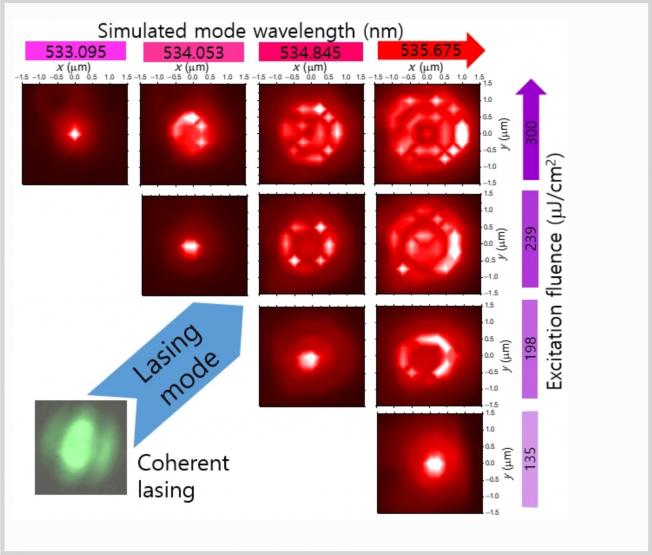Experimental and theoretical analyses of strongly polarized photon emission from non-polar InGaN quantum dots
(2016)
Electrically tunable organic-inorganic hybrid polaritons with monolayer WS2
(2016)
Strong exciton-photon coupling with colloidal nanoplatelets in an open microcavity
(2016)



